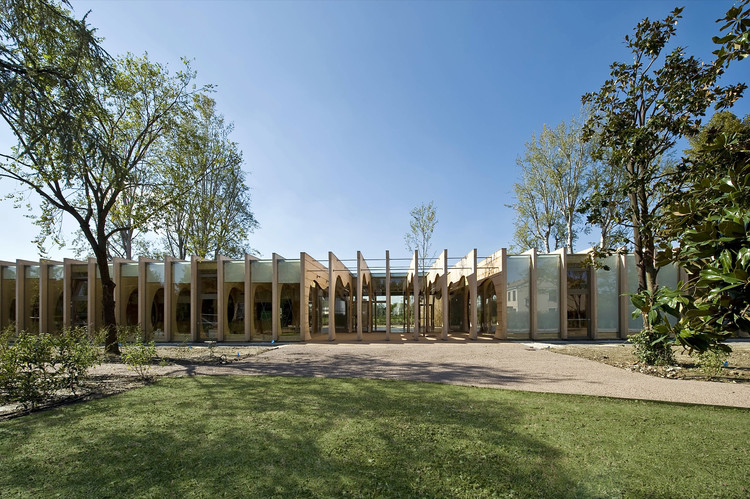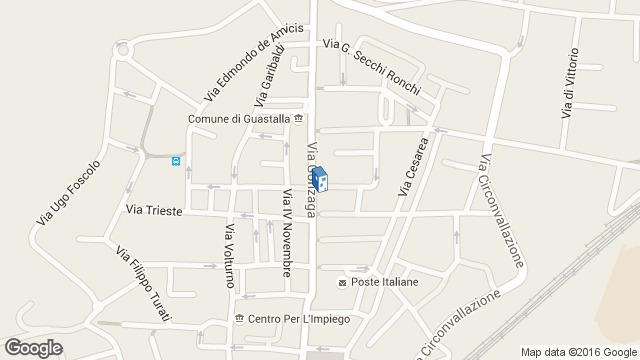
-
Architects: Mario Cucinella Architects
- Area: 1400 m²
- Year: 2015
-
Photographs:Moreno Maggi

Text description provided by the architects. MCA project won the Architectural Competition held in February 2014 for the design and build of the new School in Guastalla District (Reggio Emilia, Italy). The new building will replace two existed schools damaged by the earthquake which stuck the territory in May 2012 and will host up to 120 boys and girls between 0 and 3 years old.

MCA project is thought to stimulate the child's interaction with the surrounding space according to a vision of "teaching" in which nothing is left to chance, from the distribution of educational areas to the choice of materials of construction, up to the integration between indoor and outside space.



Architectural elements of the new kindergarten by MCA - like the shape of the interior, their organization, the choice of materials, all the sensory perceptions related to the light, the colors, the sounds, the tactile suggestions - are designed taking into account of the pedagogical and educational related to the growth of the child.

The structure involves the use of natural materials with low environmental impact. In particular, the supporting structure is made up of wooden frame: a safe and ideal material to keep the thermal insulation of the building.

The high insulation, the optimal distribution of transparent surfaces, the use of advanced systems for rainwater harvesting and insertion of a photovoltaic system on the roof, will allow the building to minimize the use of mechanical equipment to meet the energy needs of the school. So children are driven to discover places that are complex and at the same time familiar, where they can develop abilities through special features of each.

Even areas of connection between the classrooms and laboratories are designed to be lived with curiosity and pleasure: along the route there are widening, play and relationship areas, niches where you can stop, transparent elements to watch out or peek activities the other children.


Starting from the internal signs, it also articulated the sensory journey outside the building, which integrates the existing trees and encompasses the structure creating protected areas for the activities of the children, educators and parents.



































